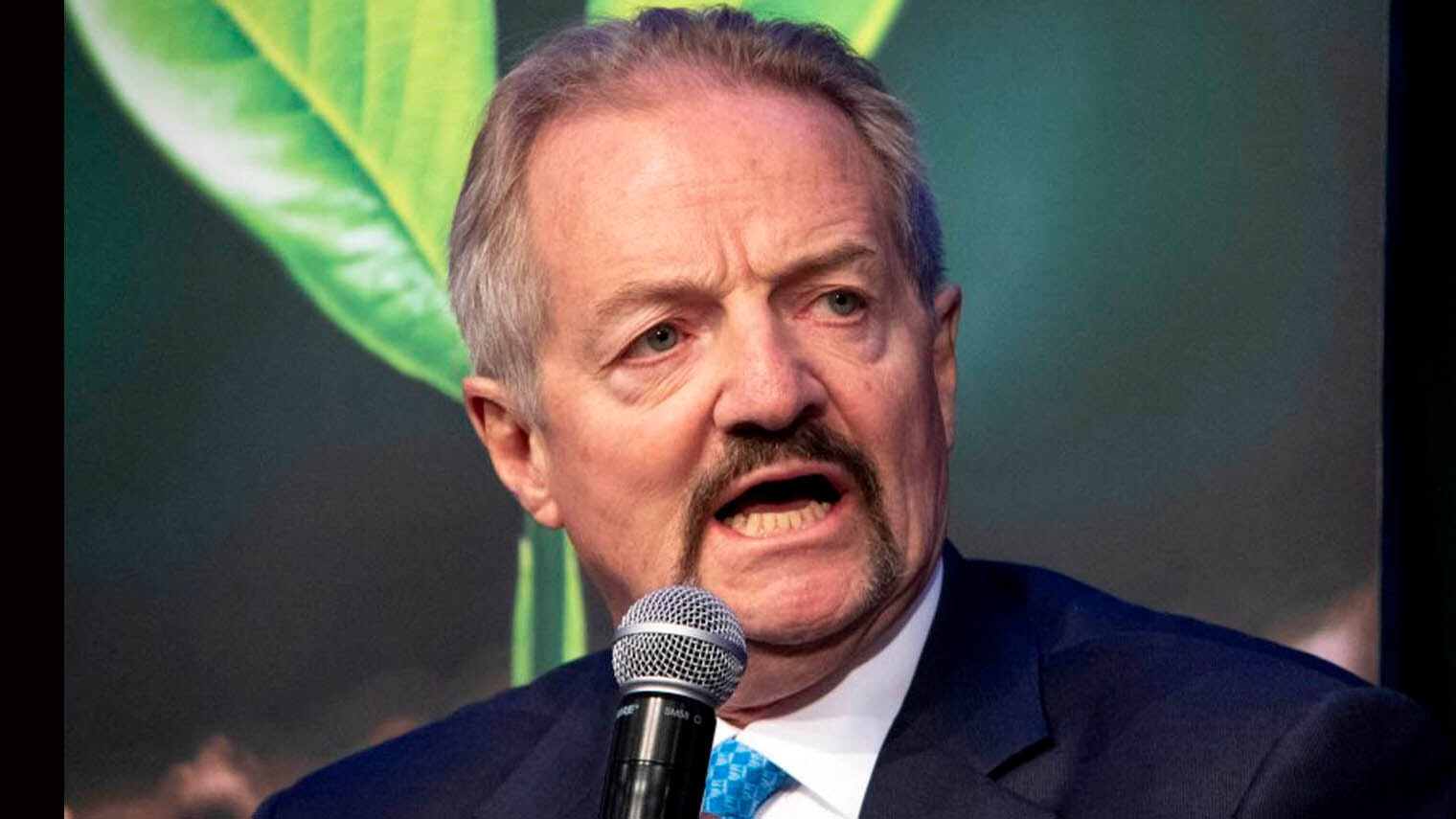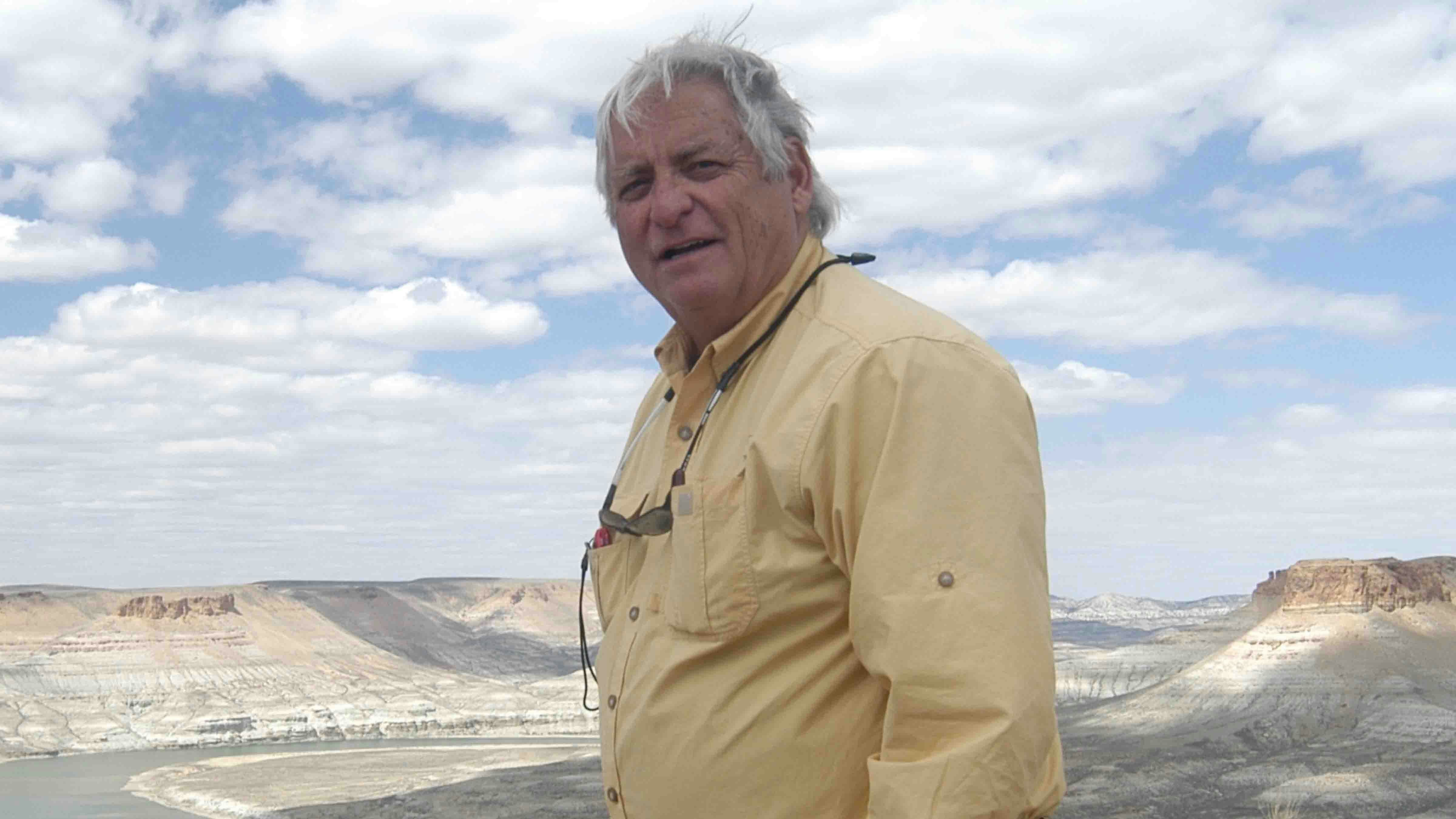By William Perry Pendley, columnist
Mr. Pendley, an attorney, led the Bureau of Land Management for the final 18 months of the Trump administration. He is on Twitter @Sagebrush_Rebel.
On a sunny, spring day in May of 2018, Bureau of Land Management (BLM) Law Enforcement Rangers Bryce Stewart and Karl Hilderbrand approached a van on a mesa on public land near Grand Junction, Colorado.
Suddenly, their welfare check turned into a shootout when the driver unholstered a .357 magnum revolver and opened fire. Their superior training, instantaneous response—heightened given they were returning from the shooting range—and a ballistic vest ensured a successful conclusion to the firefight.
Less than fourteen months later, they were at the U.S. Department of the Interior in Washington, D.C. to receive the Department’s Valor Award, its highest, from Secretary of the Interior David L. Bernhardt.
Prior to the ceremony, I met with them, viewed their body-cam footage, and heard what happened on that mesa. That was my introduction to the BLM and convinced me of three things.
First, the BLM’s nearly 300 Rangers and Special Agents, responsible for 245 million acres of federal land, mostly in the 11 western States and Alaska, cannot protect visitors, public servants, and valuable resources alone.
Second, Rangers must wear state-of-the-art body cams and the agency must be able to archive and retrieve the footage.
Third, because of their often-dangerous work, alone in the field, in the middle of nowhere, Rangers must know they have the support of leaders who are knowledgeable, experienced, and up to date.
One of the first actions of the Trump administration was to reinstate the law enforcement agreements with county sheriffs across the West that had been abrogated by Obama officials.
These contracts between the BLM and local law enforcement agencies demonstrate support for local sheriffs, prevent duplication of effort, and ensure that all law enforcement entities operate efficiently, effectively, and cooperatively. Their value was demonstrated to me often while I was with the BLM.
Early on, the Colorado Highway Patrol sought assistance in the pursuit of two felons near the Four Corners.
A BLM Ranger joined the chase and the pair were arrested by a Cortez police officer. Later, the sheriff in Mohave County, Arizona got a call for help for a family whose car was trapped in deep snow after following a GPS on a winter-closed road.
The sheriff summoned a National Park Service and BLM Ranger. The latter, a veteran of two overseas tours, knew the area well and, with local law enforcement, rescued everyone. Then in December of 2019, an alert went out in Billings, Montana for an American Indian teenager gone missing.
I called the BLM State Director and ordered “all hands-on deck” in the search, which was joined by federal, tribal, state, and local law enforcement officers. Sadly, it ended tragically.
Because I kept remembering the body-cam footage of the Colorado shootout and because I knew that the local district attorney was able to declare it “justifiable” in less than two weeks based on that footage, I pushed the notoriously slow government procurement process to get all Rangers bodycams, the agency a sophisticated storage system, and the bureau a mandate to wear them on duty. Minutes before the fiscal year expired, we got it done.
As riots swept across the country in the late spring of 2020, I feared the worst, but I did not anticipate what would befall our country.
I gathered all bureau law enforcement officers in a virtual meeting, told them of my concerns, urged that they follow their superior training, including deescalating conflict, and assured them that, at the end of the day, “I have your back.”
I heard from many that no director had ever told them that, but it was not just me. President Trump’s support for law enforcement was well known and was reflected by leaders throughout his administration.
It is a far cry from today where, for example, President Biden threatens the career of officers in U.S. Customs and Border Protection for doing their jobs.
Throughout that long summer, I worried as Rangers backed up local law enforcement in small towns across the West, as Rangers flew to Washington, D.C. to support their National Park Service brothers and sisters in law enforcement, and as Rangers patrolled alone across vast stretches of public land experiencing double the visitors due to COVID.
If we believe in law and order, in a civil society, and civilization itself, we must support law enforcement, we must back the blue, and we must fund the vital role they play in our society. One way for me to do that at the BLM was to ensure they had the leadership they deserved.
In 2002, the Inspector General of the Department of the Interior, in response to a request from Secretary Gale Norton after the terrorists’ attack of 9/11, issued scores of recommendations to reform the Department’s law enforcement agencies, not just the BLM, but also the Park Service, Bureau of Reclamation, and Fish & Wildlife Service.
Most of them were implemented over the years, but not the most critical, which required LEOs to report up the chain-of-command to other LEOs.
Instead, the decades old system of state directors and district and field managers with a scant 24-hours of law enforcement training supervising Rangers and Special Agents, remained in place, despite the recommendation of all outside law enforcement agencies. With the support of the Western States Sheriffs’ Association (WSSA), we accomplished it.
Last year, when President Joe Biden nominated as a BLM director someone whose ethically challenged and criminal encounters with federal law enforcement made her unqualified, the WSSA was one of two national outfits to oppose her confirmation.
Good for you. My advice to you is to keep it up. Speak up for the men and women who put you in office and all who live, work, and recreate in your community. Speak up for your deputies and their families. Speak up finally for your country and its enduring, extraordinary, and exacting principles.
+Excerpted from a keynote address earlier this year to the Western States Sheriffs’ Association (WSSA) Convention. The WSSA is headquartered in Laramie, Wyoming.





